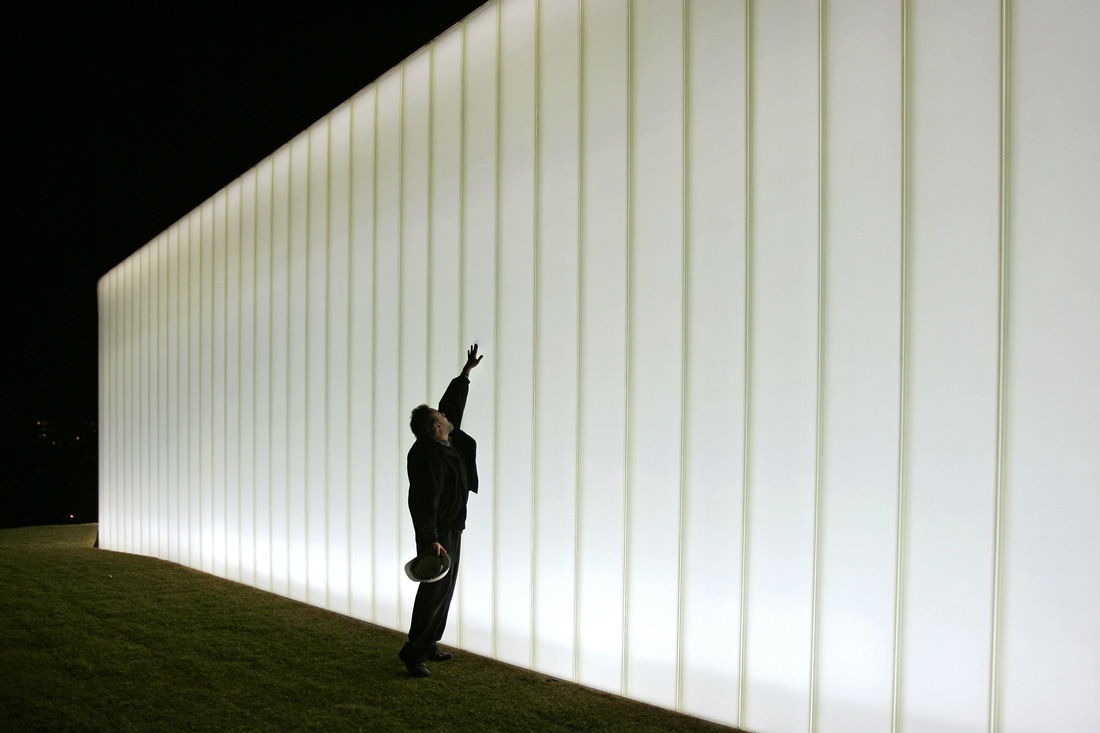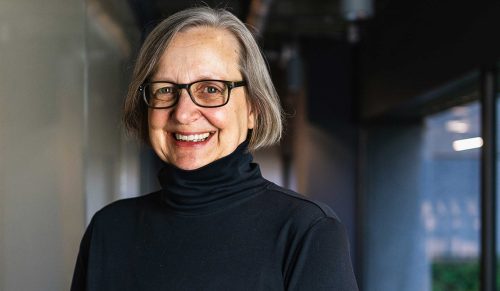
Greg Sheldon discusses Guidance for Arts Spaces about Recovery and Reopening in Webinar
Arts education, culture, and engagement have a transformative impact on our communities, encouraging creativity and expression, creating connection, and enriching human wellness and vitality. Kansas City is home to a thriving arts community – one of art, dance, theatre, music, and design – that has created a beautiful and vibrant environment.
Recently, BNIM’s Greg Sheldon, FAIA, Senior Project Architect for the Nelson-Atkins Museum of Art’s Bloch Building and the Kauffman Center for the Performing Arts, alongside other members of the arts community and local theater and museum leadership, discussed best practices for arts spaces during this time in the “Guidance for Arts Spaces About Recovery and Reopening” Webinar hosted by ArtsKC, KC Global Design, and the Civic Council of Greater Kansas City. Webinar attendees heard from these leaders, researchers, and strategists about the current state of the industry and how arts and culture organizations can help their communities during difficult times.
Greg ‘s discussion addressed spaces of convergence within facilities, specifically entry to venues, escalator, retail/concessions, and elevator spaces. Solutions to consider for re-opening venues include signage, queuing space, and an open building layout. BNIM’s Future Flow book provides further building signage examples and guidance on space flow.
Additional key topics discussed during the webinar included:
- How to help people feel comfortable resuming arts/cultural activities through internal practices such as monitoring cleaning, reducing admissions levels, and enforcing mask rules for visitors
- Understanding what audiences are looking for in arts and culture organizations during this time, whether that be staying connected, an opportunity to relax and laugh, or finding hope in a future plan/recovery
- Using digital communications effectively through outlets such as live streaming and on demand content
- Using this time as an opportunity for long-term strategic thinking

